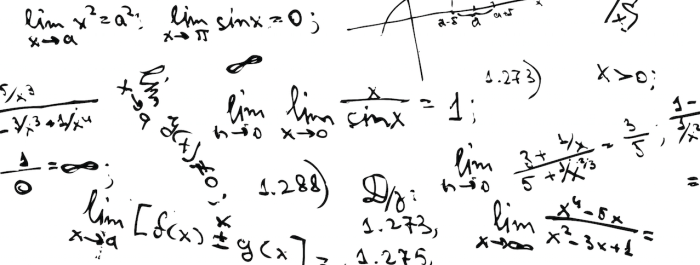For Scripps alumna Johanna Hennig ’09, graduating with a BA in mathematics was not enough. This spring she earned her PhD in math at the University of California, San Diego. And she is not alone in her pursuits. Eight other Scripps alumnae have completed or are currently enrolled in PhD programs in mathematics. While this number may seem small compared to that of Scripps alumnae who pursue graduate degrees in the humanities, it reflects the growing interest in mathematics and other STEM (science, technology, engineering, and math) subjects as majors.
But this shift is not universal. An article by The Washington Post reveals that 42 percent of mathematics majors in 2014 were women, which is a 3 percent decrease from 2004. Meanwhile, Scripps College has seen a 1.8 percent increase in math majors since 2007.
The increase in Scripps’ math majors can be attributed to the recent growth of the W.M. Keck Science Department and its continued efforts to meet the demands of students’ interests in the sciences. A recent article for the Association of American Colleges & Universities’ Peer Review highlights the Claremont Colleges efforts to develop “a shared STEM retention program with support from the Howard Hughes Medical Institute,” which aims to prepare undergraduates to become leaders in science, research, and medicine.
The Keck Science Department has also made concerted efforts to promote STEM to underrepresented groups such as women, first-generation students, and students who attended under-resourced high schools.
Similarly, the Scripps Mathematics Department is dedicated to fostering and developing broader interest in mathematics, encouraging students to continue their study beyond the required level. While it views math as a worthwhile pursuit in and of itself, the department also extols its importance to a range of other subjects, including the social and natural sciences.
According to Winston Ou, associate professor of mathematics, “One main goal of an undergraduate math department is to produce students who want to create mathematics. Each faculty member keeps his or her eye out for people who display unusual passion for, or ability in, mathematics, and when we find such a student we try to advise her in such a way that nurtures the optimal growth of her talents.”
And, as students like Hennig have shown, Scripps College is succeeding in its mission to cultivate more math majors as well as students interested in pursing other STEM degrees.


